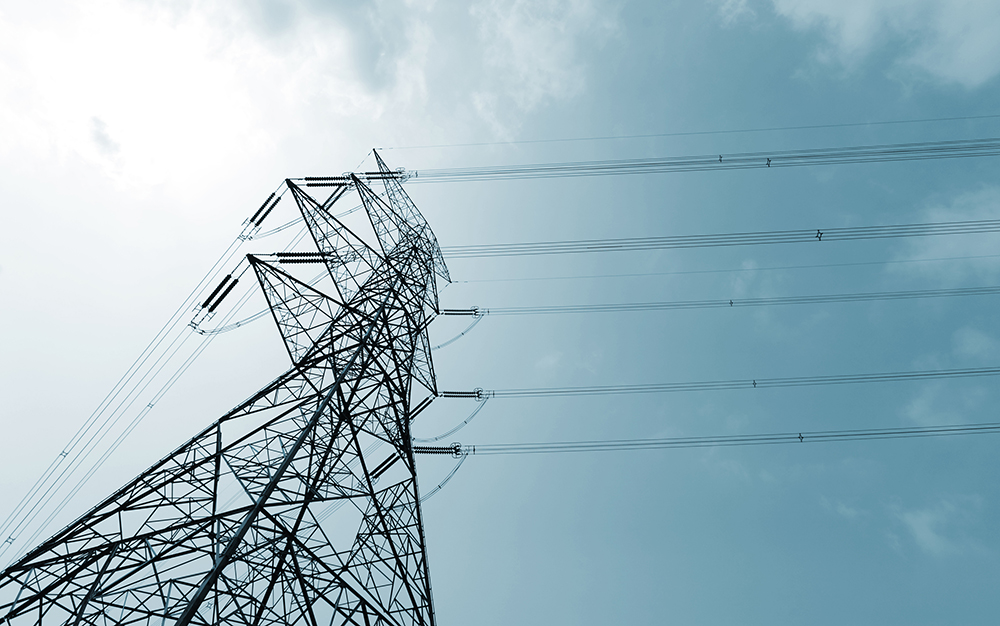The current landscape of companies these days is on a rapid course of transformation as the implementation of technology is now accelerating and driving higher efficiency while tapping into bigger opportunities across the board. Digital technologies that were deemed too expensive or impossible have now been catapulted into being one of the most important additions to companies.
Utility companies are often thought of as one of the most underrated businesses despite being the sole providers of such essential services, but the loss of any such service can induce chaos and sometimes result in fatal consequences, which is why it is so important to innovate and integrate cutting-edge smart technologies and analytics that includes the ever-renowned Internet of Things (IoT) to support the growth of this industry.
Integrating IoT into utility companies is not only aimed at improving performance levels, consumption and efficiency all around, but its applications can be a catalyst for change, an advancement for analytics and data, meet new operational mandates and set golden standards to revolutionise the company, stakeholders and consumers.

The main aim of integrating IoT into power and utility companies is to improve performance levels, consumption and efficiency all around.
Improved productivity
IoT has the potential to boost efficiency in utility companies, essentially by making them more productive and effective. Utilising the number of smart, connected objects can now become an important form of communication to transmit large volumes of data. The data collected from IoT can be used in various ways, like fine-tuning the day-to-day operations of a company while managing employees time and energy. Think of remote-access technologies which allow you to have full control of any piece of equipment, without you ever needing to get up and check on it yourself.
Additionally, AI assistants can be used to schedule repair or maintenance work while allowing an employee to focus on other aspects of things. IoT applications also have the ability to add new dimensions to customer interactions by making them digital, automated and recorded. Calls and enquiries can be directed to chat boxes or applications that can now do anything a person can do, thus relieving a customer service representative that is now free to complete other tasks.
Cost savings
One of the most highly debated topics in businesses today includes the balancing of costs in leveraging technology and practising sustainable methods when it comes to resources.
However, the implementation of IoT here can achieve both direct and indirect savings in many simple ways. For example, a direct cost saving is realised through saving on manpower resources, reporting of Smart Meters, time consumption on fixing errors and many others. An indirect saving would entail sensors picking up faulty equipment or abnormality and sending out signals to fix it before it completely breaks down.
An interesting point to note is these applications actually increase the value of service because it makes its offerings more valuable. When data is able to forecast or predict a breakdown, it has already cut down expenses in daily costing.

When data is able to forecast or predict a breakdown, it has already cut down expenses in daily costing.
Better safety
A very important aspect of why utility companies should implement IoT, is the safety aspect for staff, customers, and equipment used. Using IoT applications at different levels of the supply chain can help avoid accidents and risks associated with operations. For example, smart grids, proactive equipment maintenance and machine learning can all detect, analyse and eliminate problems before it gets too big or dangerous.
On a smaller scale, for instance, in different location headquarters, Smart Meters can measure the consumption of electricity, water, and gas, simultaneously providing data on load, abnormalities or leakages that can lead to blackouts, leaks or other hazardous circumstances.
IoT will revolutionise the utility sector in the coming years
Looking at all the reasons above, it’s safe to say there’s a multitude of reasons why utility companies should adopt integrated IoT systems into their operations, and make full use of digitalisation, for its benefits go way beyond economic, social and operational gains.
IoT will continue to find its way into businesses and homes across the world, and its growth is expected to change and accelerate the everyday routines of people. The utility sector is a rich and dynamic field and has been very apt in undergoing tremendous changes so far, which only proves it can only move forward from here on.
Businesses in the utility sector who are thinking to push for transformation by adopting IoT and integrate it into their operations must find a trusted partner with years of know-how. At TM R&D, we welcome any partnership opportunities as we have experts who are ready to work from ground zero in order to accommodate your own unique and specific IoT needs.
About TM R&D
Established in 2000, TM R&D is a world-class R&D company of TM Group; with a special focus on Intelligent Connectivity, Advanced Analytics, Artificial Intelligence, IoT and Digital Platforms. The organisation helps businesses to solve operational issues and co-create solutions for the global market. To date, TM R&D has commercialised 18 solutions and deployed seven of them within TM’s operations. Additionally, TM R&D owns more than 2,800 Intellectual Property Rights (IPRs) with 100 percent adoption of all their products since 2016.
For more information about TM R&D and its innovations, visit www.tmrnd.com.my or email your inquiry to business@tmrnd.com.my or follow them on LinkedIn (TM Research & Development) for more news and updates.

